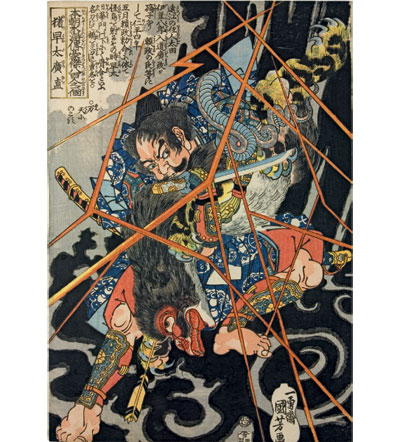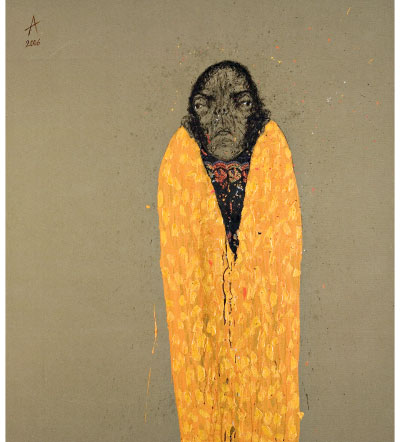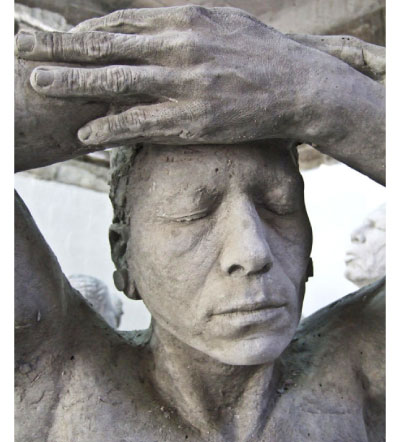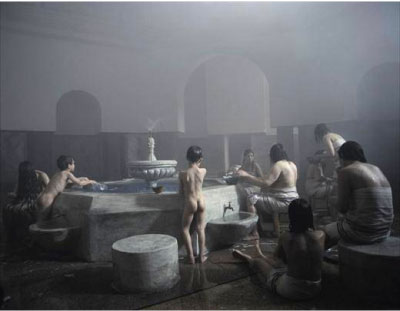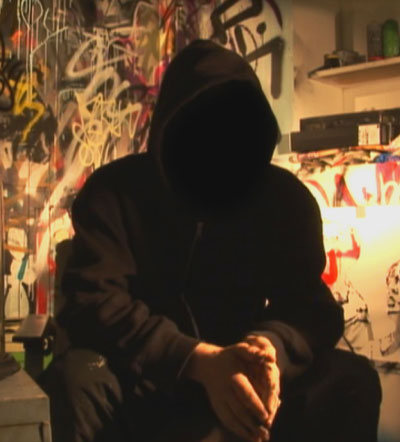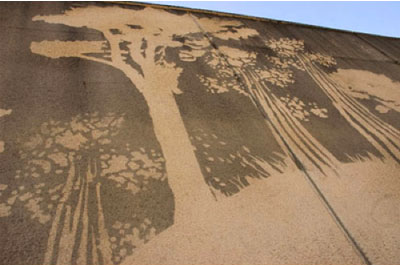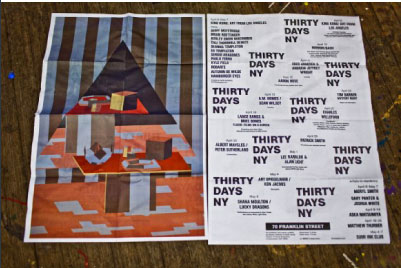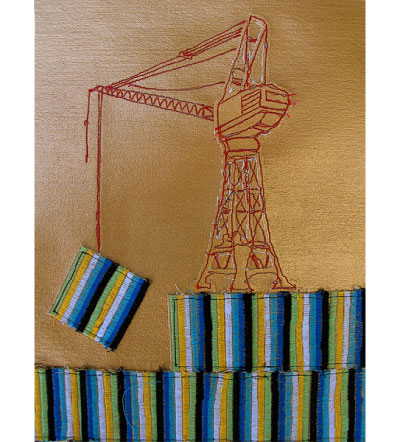
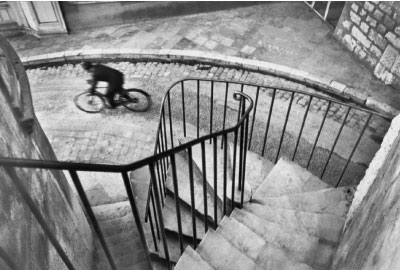
Hyères, France. 1932. Henri Cartier-Bresson
Courtesy of The Museum of Modern Art, New York.
© 2010 Henri Cartier-Bresson / Magnum Photos, courtesy Fondation Henri Cartier-Bresson
Click image to enlarge


Henri Cartier-Bresson, the famous French photographer, had an incredibly prolific career as a photojournalist and portraitist. He traveled the globe for fifty years, from Mexico to Indonesia, obsessively freeze-framing the world, turning the ephemeral into the permanent. The new Cartier-Bresson retrospective at the
MoMA, opening on April 11, is the first since the photographer’s death in 2004. It aims to put together a comprehensive summary of his illustrious career.
The exhibit contains three hundred photographs dating from 1929 to 1989, one fifth of them previously unpublished. Divided into twelve chapters, it highlights Cartier-Bresson’s biggest accomplishments, most notably as the pioneer of the photo-essay genre. Among these are his trips to Communist China and the USSR, places that were not the most welcoming to Western photographers.
It is not the photojournalism, however, that is the most moving part of the show. The middle of the exhibit is devoted to a selection of exquisite portraits that captures the essence of its subjects. There is a beautiful picture of Henri Matisse, the famous painter, serenely contemplating his pigeons. The well-known image of Albert Camus, the cigarette in his mouth and the collar of his coat upturned, the very picture of un homme is juxtaposed against the photo of Jean Paul-Sartre, his great existentialist friend and enemy.
Cariter-Bresson once said that his aim was to engage the world. Of course, we’ve long known that he succeeded, and the MoMA exhibition is a testament to that, in case we had forgotten.
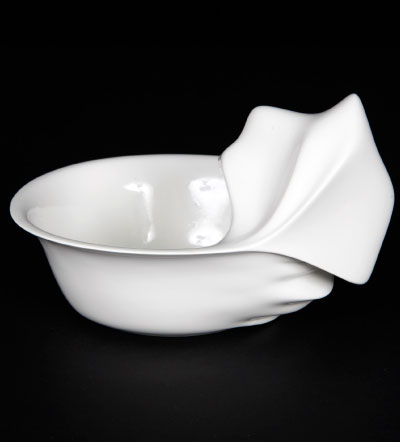




 Facebook
Facebook Permalink
Permalink Digg
Digg Reddit
Reddit LinkedIn
LinkedIn StumbleUpon
StumbleUpon Tumblr
Tumblr
